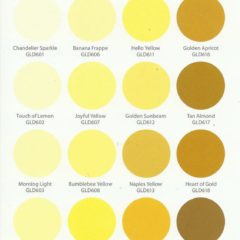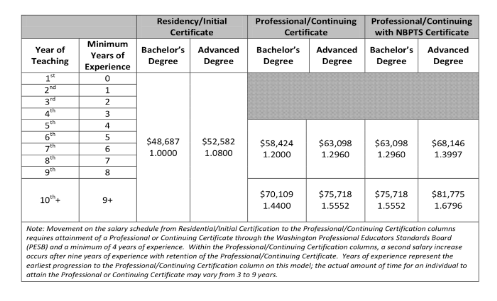 I’ve been on more committees, task forces and planning teams than I care to remember. Many of them were productive and well worth my time. One particular team produced this, which was awesome. If that experience represents the apex of my career as a committee member, then the low point – the nadir, if you will – came when I led a task force charged with choosing the interior color of our school. After 45 minutes listening to a debate on the relative merits of “Warm Butter” vs “Morning Lemon,” I fled. I can’t even remember which name for yellow we chose.
I’ve been on more committees, task forces and planning teams than I care to remember. Many of them were productive and well worth my time. One particular team produced this, which was awesome. If that experience represents the apex of my career as a committee member, then the low point – the nadir, if you will – came when I led a task force charged with choosing the interior color of our school. After 45 minutes listening to a debate on the relative merits of “Warm Butter” vs “Morning Lemon,” I fled. I can’t even remember which name for yellow we chose.
I’m sure everyone has a “committee story.” In fact, turn to the person next to you and share an experience you’ve had, positive or negative, which entailed working on a committee.
OK, eyes back up here.
If there is one committee whose work I respect more than any other, and whose final product received far less fanfare than it deserved, it would have to be the Washington State Compensation Technical Working Group of 2012. Yes, that is a mouthful, but those people, all sixteen of them, came up with this report. Read it if you want, but the part I want to focus on is this:

This is their proposal for a teacher salary schedule. For our purposes, we’re going to ignore the actual dollar amounts; that’s a topic for another time. What’s more important are the numbers below the dollar amounts. Those are the factors by which the base salary is multiplied to arrive at each of the ten salary figures.
I also want you to notice the columns. This model provides a salary increase for teachers who complete their ProCert, a feature that’s sorely lacking in our current schedule. The whole point of ProCert, as I understand it, is for teachers to prove that they’ve reached the second tier of their professional growth. In other words, they’ve shown that they are more valuable than they were when they started. Compelling teachers to fork over upward of $600 to complete an assessment proving their increased value, and not paying them more after they’ve done that just doesn’t seem fair. This model corrects that.
It also adds a column for National Board Certification, instead of our current practice of adding a bonus on top of a regular salary. I like that for two reasons. First of all, it bakes the bonus into the salary schedule, making it more permanent and less subject to the ebb and flow of the economy. It also implies that every teacher should aspire to NB certification as a career goal; there it is: on the bottom right corner of the table, waiting for and calling out to everyone.
As I’ve shared recently, about 100 teachers will gather later this month to focus on two issues: the future of second-tier teacher certification in our state, and a sustainable model for rewarding National Board Certification.
In my view, the salary model above – the one pounded out by the Technical Working Group of 2012 – serves as a good starting point for the discussion. I have a few qualms with it; like the fact that there’s no yearly raise, only big jumps ever four or five years, or the fact that there’s no raise at all after year 10; but like I said, it could certainly serve as a starting point in the discussion.
And what a discussion it’ll be. The policy summit is on November 19th. Stay tuned to this blog for more information before, during and after the event. And if you made plans to attend, I’ll see you there!
And I promise we won’t talk about yellow paint.
I like the NBCT added to the salary schedule!! What about the extra bonus’s for working in high poverty schools. I get that now and as a counselor, I earn it. I hope that does not go away!!
I do like that the NBCT bonus is embedded in the SAM versus the biannual waiting to see if the bonus is removed based on the legislative agenda. I think there are some positives to this proposal and it offers a solid foundation from which to work.
One of the questions I’ve had about the currentSAM is why it tops out at MA 90? I’d like to see a model also factor in additional education.
Pingback: National Board Policy Summit: A Salary Proposal #e… | EducatorAl's Tweets